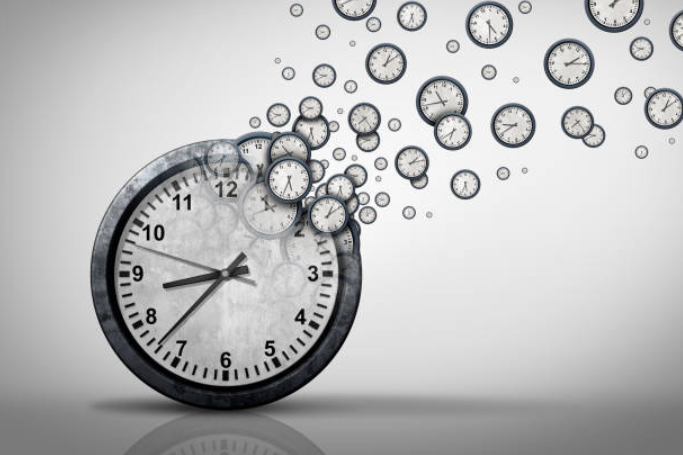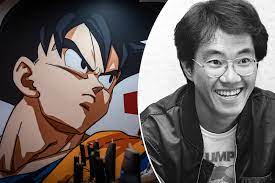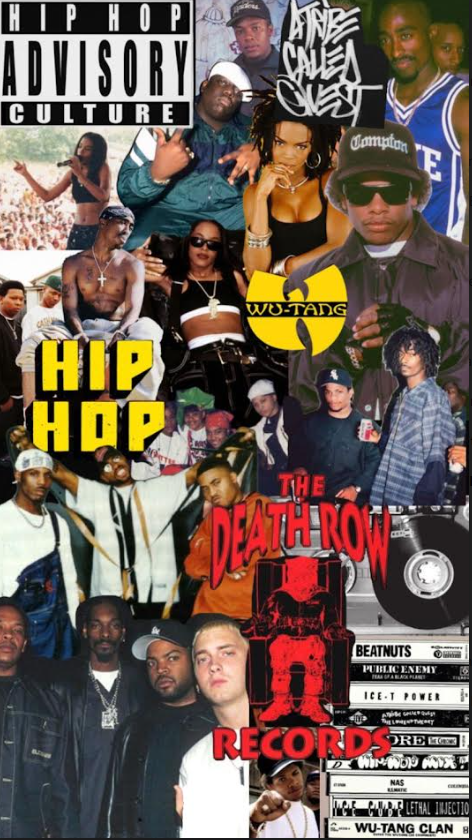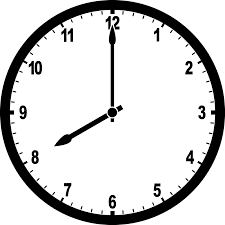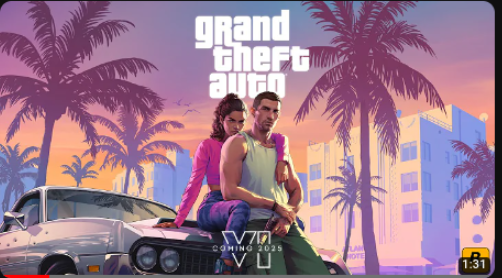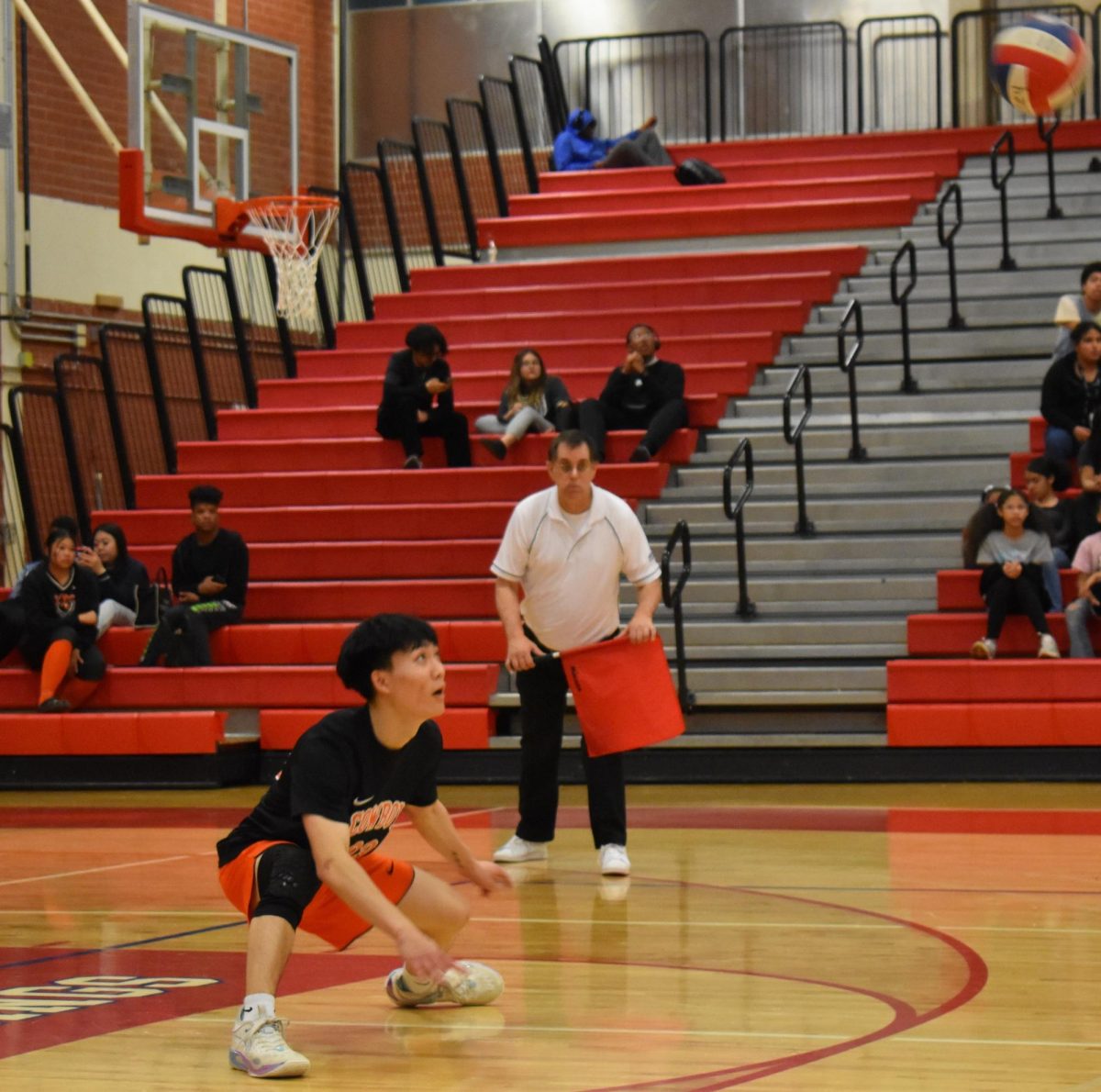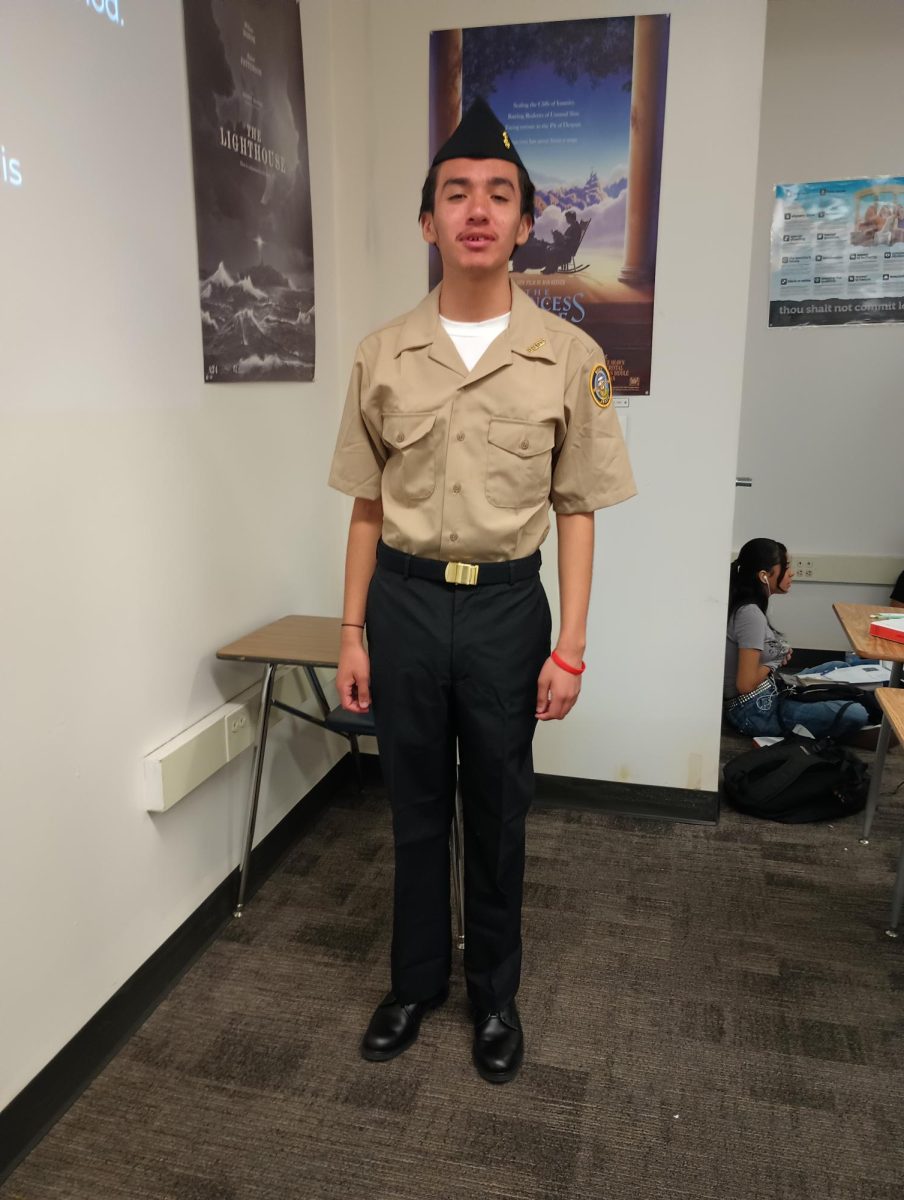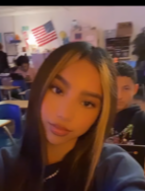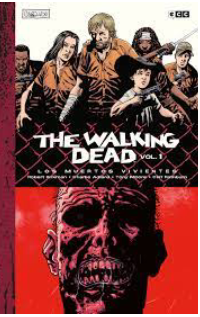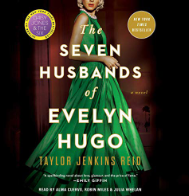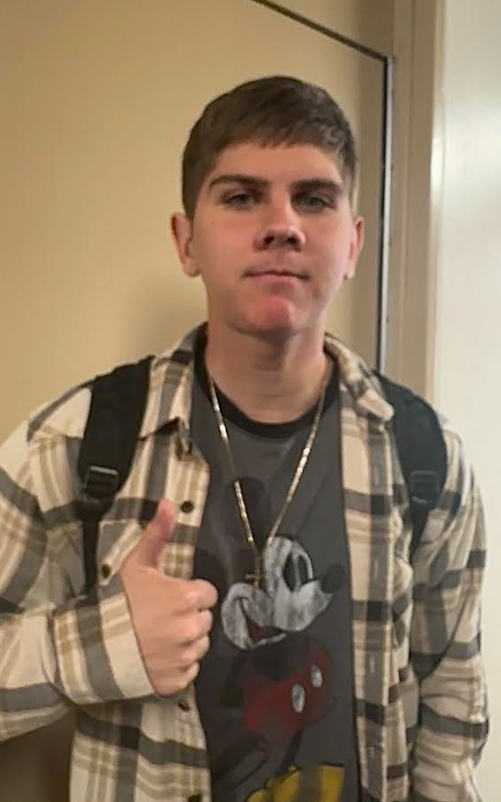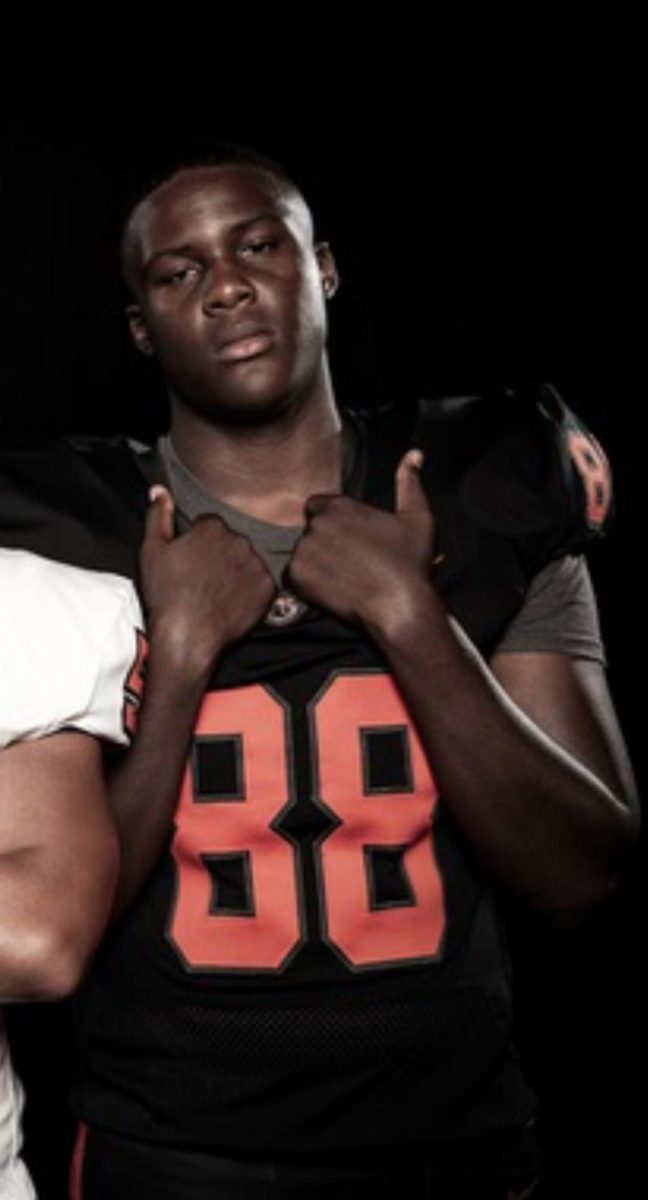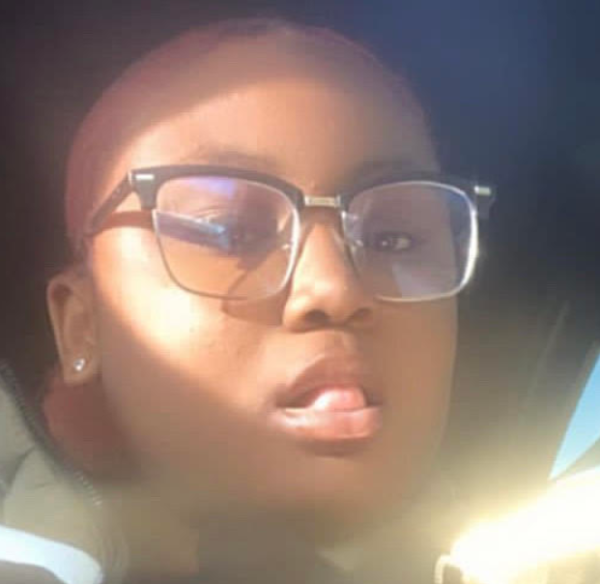
LGBTQ stands for lesbian, gay, bisexual, transgender, and queer/questioning. It’s about supporting and respecting people’s sexual orientations and gender identities. LGBTQ individuals face challenges like discrimination, lack of acceptance, and unequal rights. It’s important to be inclusive and treat everyone with respect, regardless of their sexual orientation or gender identity. Some LGBTQ issues include discrimination, lack of legal protections, bullying, mental health disparities, and limited access to healthcare. LGBTQ individuals may face prejudice and harassment in various settings, such as schools, workplaces, and public spaces. They may also experience higher rates of homelessness and have challenges in accessing affirming healthcare and support services. It’s important to advocate for equal rights and create inclusive environments for everyone.
There is an alarming problem within the LGBTQ community. The LGBTQ community consists of Lesbian, gay, bisexual, and transgender, and queer people. The media represents the LGBTQ community as abnormal. Why do those that are on the outside of this community think that they should have more rights? The media depicts the LGBTQ community as an outcast; a group that is irregular, and unusual compared to everyone else. The media is a huge contributor to the negativity surrounding LGBTQ issues and community itself.
A lot of movies depict people of the LGBTQ community as unnatural or unusual. Some movies such as the 1994 “The Adventures of Priscilla, Queen of the Desert,” represent the LGBTQ community in a negative way. In the movie two drag performers and a transgender woman travel across the Australian desert to perform their unique style of cabaret. They agree to perform a drag show at a resort in Alice Springs, a town in the remote desert. Throughout the movie, the two drag performers and the transgender women are seen as peculiar and somewhat unnatural. Many people in the country in 1994 did not frequently see men like this. In this movie, the producer displays negativity toward the LGBTQ community. The producer displays the men as outcasts. Different from everyone else. A problem in this world. The movie does not represent the realness of the LGBTQ community. The emotive language was used to influence the audience’s views on the LGBTQ community.
The media also publicizes the LGBTQ community negatively through various articles and documentaries. One recent documentary demonstrates the negativity concerning values and beliefs towards the LGBTQ community. It displays how a small town community perceives the LGBTQ community. The town is not opposed to same-sex marriage. The community explains why they think same-sex marriage is not acceptable. Mainly men have been asked questions about same-sex marriage by reporter Patrick Abboud, they believe that children should not be educated about same-sex marriage, as it will be a threat to our society in 20 to 30 years time. The men and women who believe that same-sex marriage isn’t tolerable aren’t respectable towards the men and women who are lesbian or gay. This viewpoint affects people’s lives; young LGBTQ people are four times more likely to attempt suicide than any other people on social media. This affects the LGBTQ community and proves that the media does have a negative impact on marginalized groups. This is just one example of a viewpoint that can shape audience’s perspectives of the LGBTQ community.
Consequently, the LGBT community is viewed in a negative way, and this needs to be changed. The media can no longer perceive the LBGTQ community as abnormal and as a sickness.



